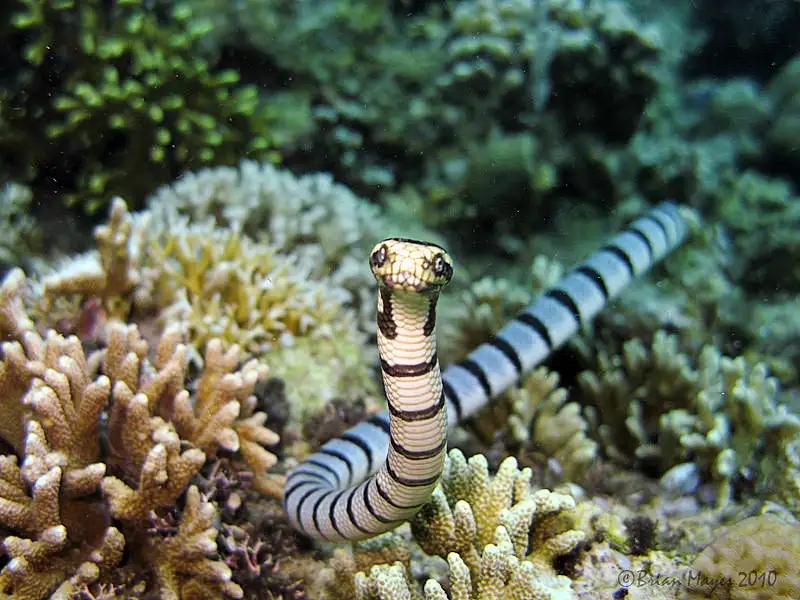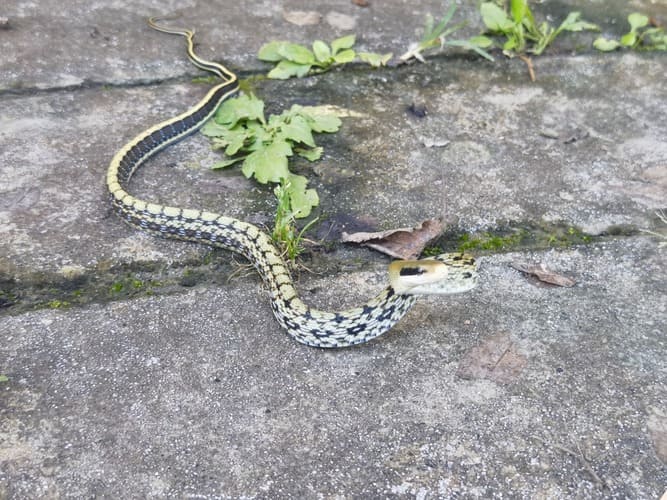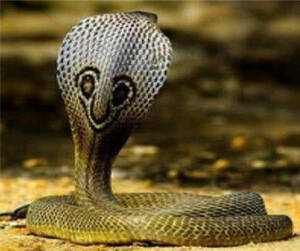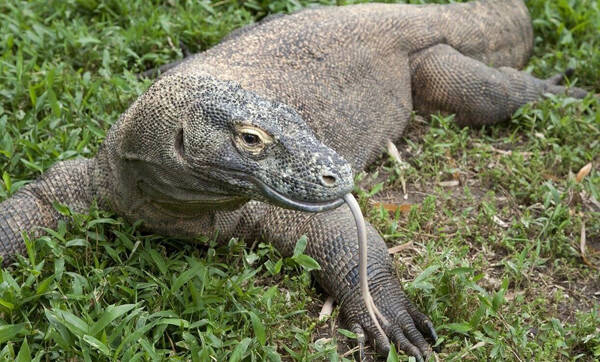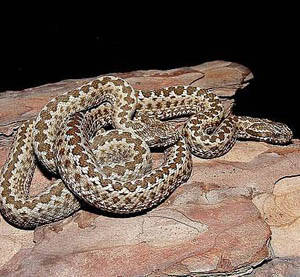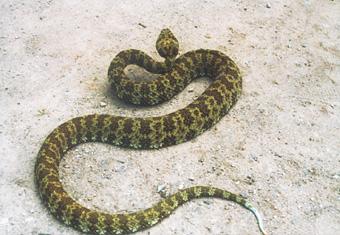Atheris hispida
IUCN
LCBasic Information
Scientific classification
- name:Atheris hispida
- Scientific Name:Atheris hispida,Hairy tree pit viper, scaly tree pit viper
- Outline:Squamata
- Family:S.Snakes F.Viperidae G.T.Viper
Vital signs
- length:58-73cm
- Weight:No verification information
- lifetime:No verification information
Feature
The body is covered with dense and sharp thorn-like scales, making it the most dragon-like snake.
Distribution and Habitat
The Kivu tree viper is mainly distributed in central Africa, including the Democratic Republic of the Congo, southwestern Uganda and western Kenya. Its standard origin is "Lutunguru" in North Kivu Province of the Democratic Republic of the Congo. Later, scholars Spawls and Branch carefully pointed out that the distribution of the Kivu tree viper is roughly in Kivu Province and the eastern state of Congo, the Rwenzori Mountains in Uganda and the Kakamenga National Reserve in western Kenya.
It lives in humid tropical rainforests.
Appearance
A small venomous snake, this species is different from other pit vipers in that it has an elongated body, which is a characteristic of many arboreal pit vipers. It has large eyes and is usually grayish white or dark green in color, but there are also light yellow individuals. Its scales are hair-like and turned up, hence its name. It is about 60 cm long.
Male Kivu tree vipers can be up to 73 cm long, while females are shorter, about 58 cm long. The nose of Kivu tree vipers is generally short, with round eyes and about 9 to 16 scales around the eye sockets. The area between the nose and the eyes is divided by two scales, forming a split shape. There are about 7 to 10 scales on the lips, and the fourth scale is larger. The body of the Kivu tree viper is covered with thick and long scales, which look like hard "hair" woven with scales from a distance. The scales around its head and neck are particularly prominent. There are about 15 to 19 groups of dorsal scales, about 35 to
Details
The Kivu tree viper (scientific name: Atheris hispida), also known as the hairy tree viper and the scaly-skinned tree viper, is a venomous snake species under the Viperidae family of the suborder Serpentes.
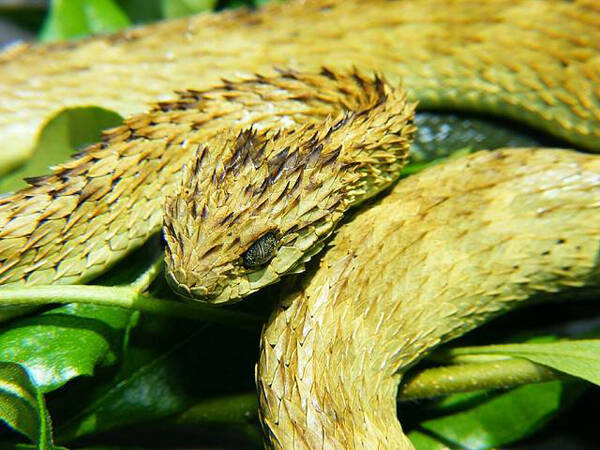
The Kivu tree viper is an expert at climbing trees. It lives mainly on trees, but also climbs and hovers on reeds, shrub stems, and even the tips of some flowers or branches. It often appears at night. In terms of feeding habits, the Kivu tree viper mainly feeds on some small mammals that live around trees. It also preys on frogs, lizards and some birds, and occasionally preys on mammals on the ground. It is ovoviviparous and has a strong hemorrhagic venom.
In terms of reproduction, female Kivu tree vipers can give birth to 12 babies each time, and the body of a newborn Kivu tree viper can reach 15 cm.
Protect wild animals and eliminate game.
Maintaining ecological balance is everyone's responsibility!

